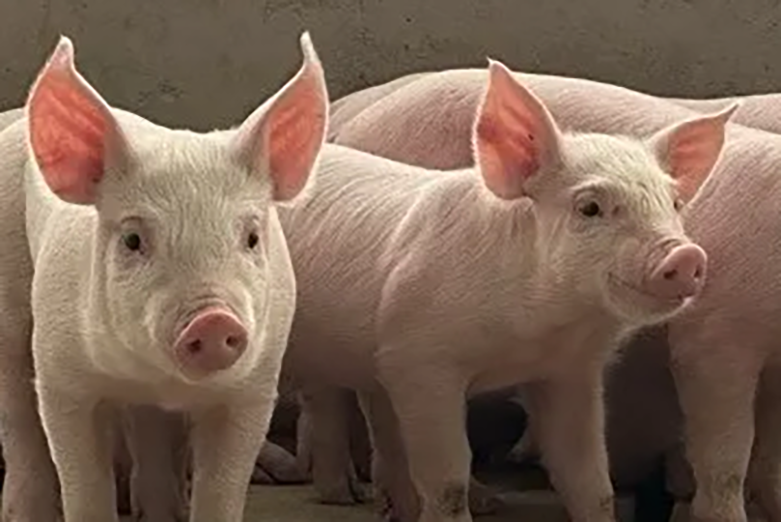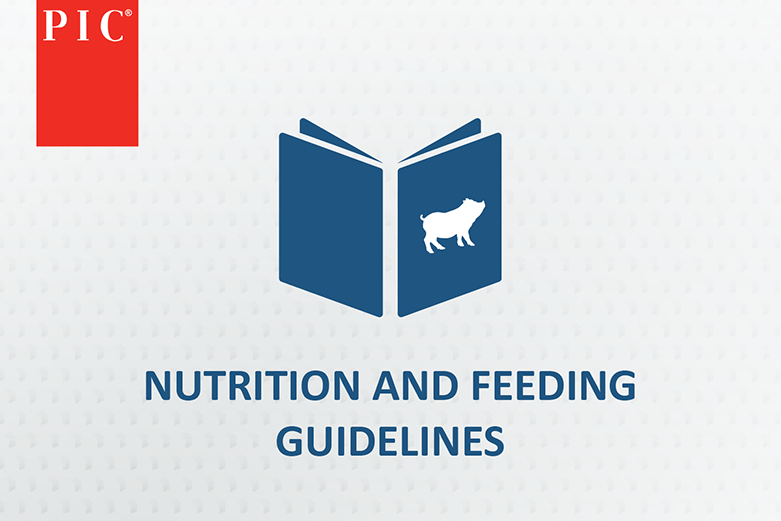Improved swine genetics deserve improved management tools
Modern genotype females are faster-growing and leaner than their predecessors. PIC Maternal lines have increased growth rates at a similar rate as terminal lines over the last 10 years.
Because of this increased growth and body composition changes, the caliper ranges and categories have been updated. Also, under-conditioned (thin) females have an elevated risk of pelvic organ prolapse (POP) and reduced longevity. Based on an extensive data review, the caliper ranges and categories have been updated to increase the target ideal range by one caliper unit.
Optimal body condition is important as both under- and over-conditioned sows are at greater risk of removal from the herd.
Updated caliper ranges highlight management changes easily
The caliper ranges have changed to correlate with feeding recommendations for a genetically improved sow and for ease of use.
The updated PIC ranges for use with the caliper create four categories:
Risk: skinny condition
Recovery (red):
under condition
Target (green):
ideal condition
Risk: over-condition
These four categories are fed two different feeding levels. For recovery and at-risk sows – those under condition – PIC recommends 8.6 Mcal of metabolizable energy (ME) or 6.5 Mcal of net energy (NE) intake per day, and a minimum of 11.0 grams of SID lysine per day on a herd basis. This equates to about 6 to 6.5 pounds (lb) per day depending on dietary energy concentration.

“Feeding at this level throughout gestation will result in an estimated overall gain of three caliper units,” says Uislei Orlando, PIC’s Global Nutrition Programs Director.
Those in the first risk category are unlikely to gain enough to reach the ideal range by their next farrowing, and other management procedures should be considered to bring them back to the ideal range. PIC’s Technical Services teams are available to help with recommendations.
The remaining two caliper categories for target (ideal) and over-conditioned sows are fed the same feeding level. PIC recommends 5.9 Mcal ME per day or 4.4 Mcal NE per day. This feeding level will not result in a caliper change throughout gestation. Depending on diet ingredients and energy concentrations, this will be between 4 and 4.5 lb. per day.
“We do not recommend feeding over-conditioned sows less than ideal sows,” Orlando explains. “Cutting feed during gestation does not greatly affect her body condition but will result in other negative impacts. Sows will reduce their body condition during lactation. It is important not to overfeed them again during the next cycle. Be aware sometimes it may require more than one cycle to adjust the condition of over-conditioned sows.”
It is important to remember gilts might be heavier but not over-conditioned due to their genetic growth potential. Thus, do not categorize gilts by body condition and never feed them less than 5.9 Mcal ME per day or 4.4 Mcal NE per day throughout gestation, as they are still growing. PIC does not recommend using a caliper on gilts.
“Weight at first breeding and subsequent parities affects a female’s subsequent reproductive performance. Female longevity relies on proper nutrition management, and underfeeding gilts bred at a heavier weight negatively impacts their long-term success and yours,” says Orlando.
PIC recommends monitoring the number of under-conditioned sows at farrowing. Reevaluate operation-wide feeding and body condition management if there are greater than 10% under-conditioned sows observed at farrowing. For every 10% increase in the proportion of thin sows at farrowing, the risk of POP is estimated to increase by 20%.1
Moving forward with management
Contact the PIC team for an update kit for any version of your calipers.
Monitoring body condition scores helps you understand the percentage of females that do not fall in the target category and adjust your farm’s feeding program management. By understanding your sows’ body condition and improving their longevity, you can also improve your profit margin.
Accurate body condition scoring is one of PIC’s four pillars focused on sow robustness. To support key management areas, we have a hands-on technical support team that focuses on female reproduction and nutritional requirements. The team visits customer farms and provides technical expertise on how to best manage and feed a PIC animal to maximize longevity.
To learn more about how you can find success with PIC females, contact your local PIC rep or visit our resources page.
[1] Waltrich et al., 2022.




